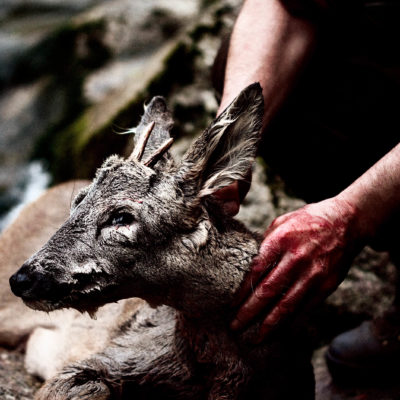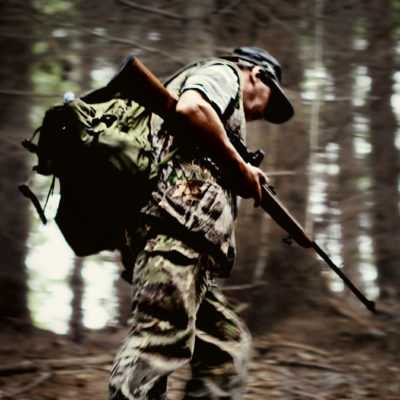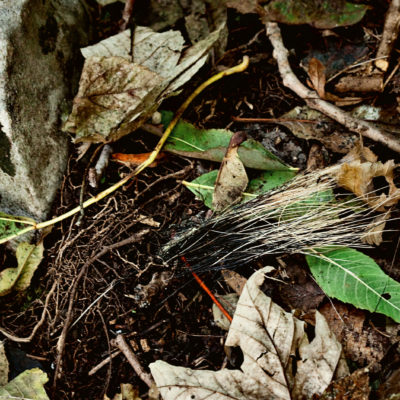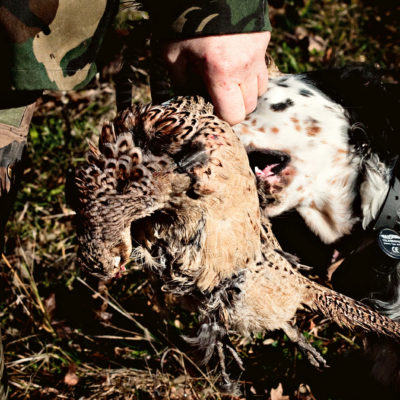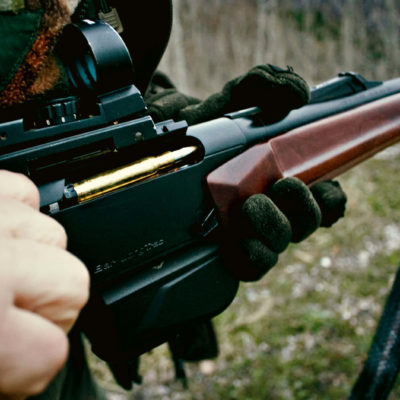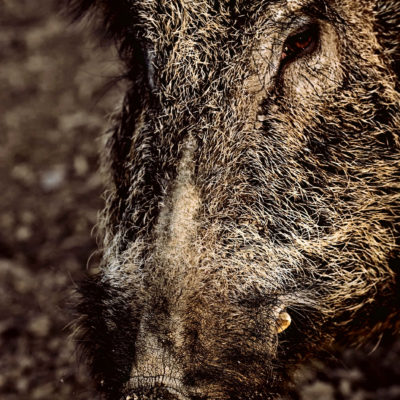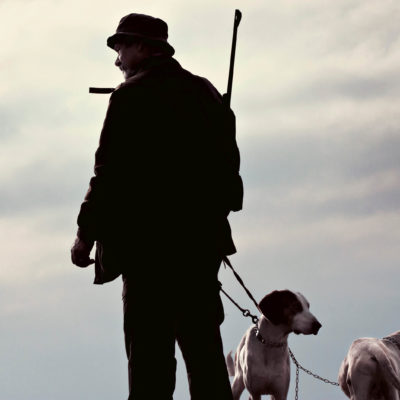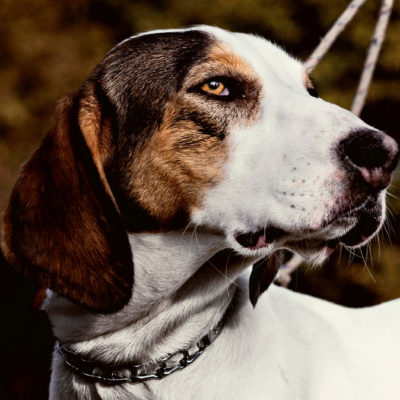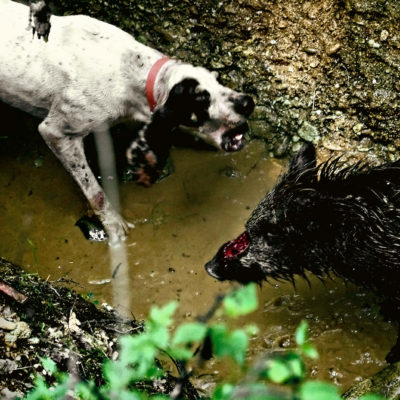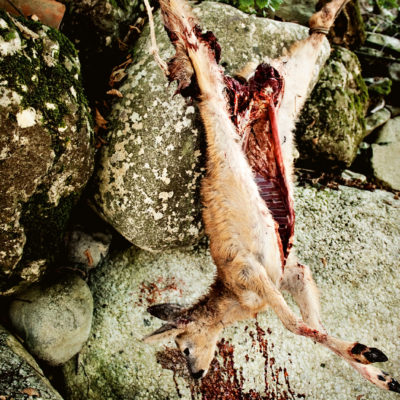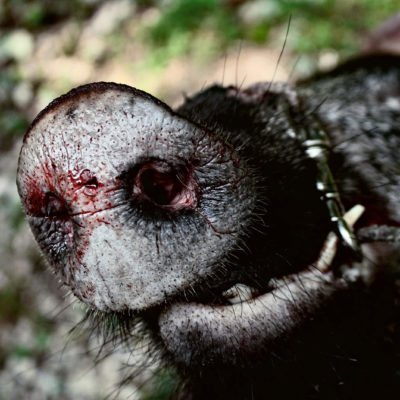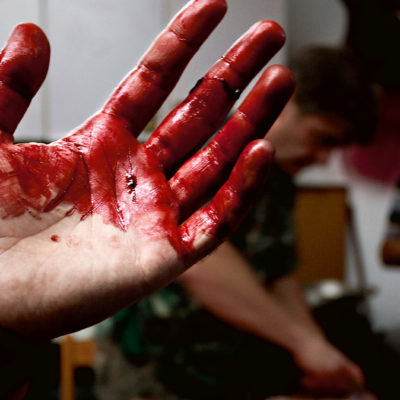Acer, Ferox, Ferus, Fremens, Fulmineus, Rubicundus, Saevus, Spumans, Torvus, Violentus…
Rough, Ferocious, Wild, Impetuous, Lightning-swif, Irascible, Raging, Frothing, Threatening, Violent…
These are some of the most recurring terms used by the 1st-century B.C. Roman poets to define the aper, the wild boar, implicitly a noble prey since it owns peculiarities that make it hard to bag.
An animal that has never been tamed, admired for its courage, a beast that one could overcome exposing himself to a skin to skin combat from which one could seldom get out unscathed.
The same adjectves, favourable in the Roman Age, turned into demoniacal features in the Middle Age.
The Church transformed the concept of the wild boar hunt deconsecrating it (like the bear) and elevating the deer, because of its inclination to a passive acceptance of its end, to a symbol more in keeping with the identification with the Christian values about obedience, power and the mass control.
However this change – operated on a large scale – does not simply subvert what is implicit, as suggested Marcus Valerius Martalis writing Cervos relinques villico at the end of the 1st century B.C.
The aim of the role switch between the wild boar and the deer is the annihilation of the pagan filtering that, especially in North Europe, carries on spreading – through the hunting ritualization – the dichotomy between the King’s temporal power (identified with the Bear in the Celtc world) and the Druid’s sacerdotal one (on the contrary represented indeed by the Wild Boar).
At the same time, elevating the deer to a royal prey, the hunter’s courage features are damaged in the Germanic world, where, not by chance, the bear (Bär) as well as the Wild Boar (Eber) have the common linguistc root in *bero (fight, beat). The cultural pagan roots are not bearable beyond a certain line and from such impossibility descends the need of building a sort of “icon of pure Evil” in the figure of the wild boar.
That’s perfectly in line with the Medieval Church fathers thoughts and scripts, such as S. Augustne’s comments to Psalm 80 [79], where he quotes a wild boar from the woods, who comes to waste the Lord’s vineyard.
Despite the strong rift created by the Medieval Church, the boar huntng has contnued to live in the form of a hidden – and maybe not logical or aware – rituality until the present day.
Sometmes it has kept that role similar to an initaton, in which a boy becomes a man through a heroic deed.
Of course the boar is not confronted skin to skin nowadays: there are shotguns, even GPS and radios in order to communicate with the other hunters, but the shooting of the first boar is an epic moment, or at least a moment that nshould be celebrated. The literature dating back to more recent times has given us the symbolic value of the possession of the shotgun aspired by little Richard, dreaming at night its blue steel, its walnut wood or its holly branch engraved in the metal and walking during the day beside Breyer, the young shooting apprentice, as Jünger tells in Die Eberjagd (the boar huntng). In this tale, mirror of a reality that isn’t common ground for just anybody, the Count makes an offer to hunting tools such as the rife or the hat. This offer consists of a short branch soaked in the warm blood of the wild boar, killed not long before in one single shot by Breyer himself.
That alone certfes to the readers that the young boy has suddenly become a man, in the most primal meaning of the term.
In the mainly male practice of hunting, we can find even nowadays atavistic traces of a past in which the need to eat has been overcome and the deed has become a ritual, sometimes an initiation, whose roots reach out in the most distant past of human being.
Making every prejudice in favour of or against hunting actions useless and blind to history and tradition.
Beyond the hunting documentary intent, where you can also find events that precede the act, such as the ritual preparation, and the ones celebrating its effect, the image of hunting ends up being a socio-anthropological portrait that slips away from the bounds of time and space and universalises in a typically human ritual that overlooks the simple need dictated by hunger and asks for not being judged.


